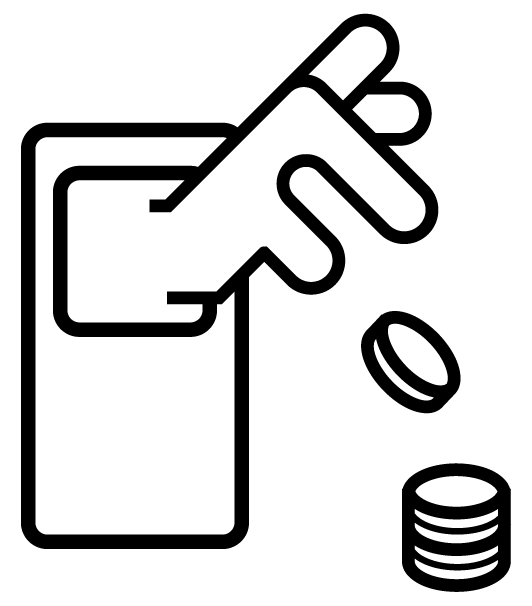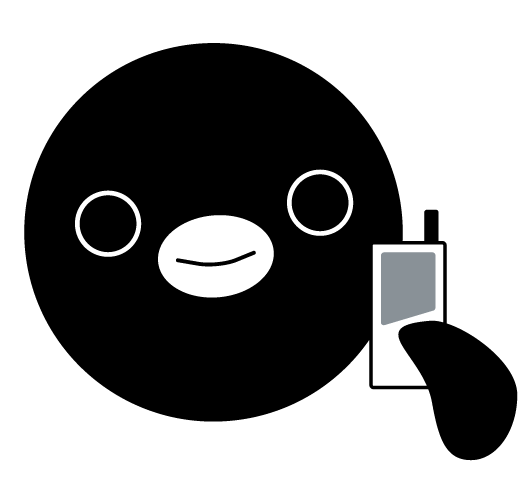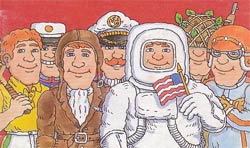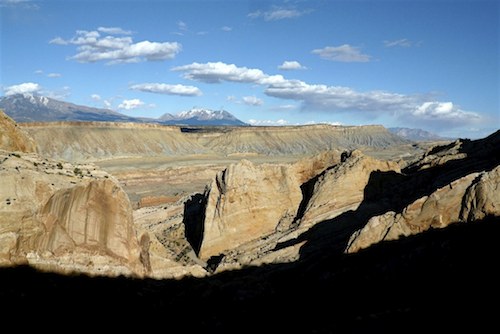I’m back. Holidays are good, I can thoroughly recommend them. And if you’re interested in the talk, Escalante, I gave while I was away, you can listen to the MP3 recording and see the bibliography.
Thanks Matt Jones for giving the week 226 and week 227 updates while I was away! He’s funnier but I talk more about business strategy. Let’s get on with the show.
Ashdown is a project to bring great user experience to UK education data. There’s a lot of it. Tom is working hard on material exploration, ingesting data sets and visualising connections and context within the data, to help designers understand and invent. I’m hoping he’ll say more about that process, from a code perspective, on this blog this week. But just now he was taking movies and chopping them into frames for some studio experiment or another, something Schulze has been working on.
Matt Jones is away today, speaking at Design by Fire in the Netherlands. I’m not kidding: he’s speaking about the nature of time. It’s possible we’ll be in a workshop together later this week, and otherwise he’s following up new business opportunities and working on Ashdown. I’m hoping he’ll get a chance to make us some more business cards and to arrange a party.
Last week Matt and Schulze were in Stockholm working with the Bonnier Group, kicking off a project that runs through to December. Bonnier are fascinating: a 150 company multinational media conglomerate with interests in radio, television, books, games and cinema, they’re also privately owned (since 1804) and able to take the long view. The R&D division – our previous and current client – works across the entire group without barriers, and is uniquely both exploratory and business savvy.
It used to be there were just a few media: telly, radio, books, phones, those kind of things. But I don’t think it makes sense to say that the Web is simply one more medium. The different services built on top of the Web have such different qualities: they are differently social; differently permanent or ephemeral; differently immersive or ambient. Flickr is a medium. YouTube is a medium. Blogs are a medium. What gave a medium its characteristics used to be the technology itself – the pipes and means of production – but with the Web that’s no longer true. What makes a medium a medium is itself up for design. The Web is not one medium, it is too fluid for that. The Web is ten thousand media, and you get to choose and invent which you use.
Schulze calls this media design and increasingly it’s what our strategy work involves. Interestingly companies up and down the media stack want the same thing. Content companies, distribution companies and technology companies are in a process of convergence. To put it bluntly: Facebook, Google, Apple, Nokia, BBC, Bonnier, the Guardian, Microsoft are becoming direct competitors, which never used to be the case.
So we’re doing media design for Bonnier, which involves strategy, invention and prototyping, and Schulze is half on that this week.
The other half of Schulze’s time is on Ojito. The manufacturing costs, timings and bill of materials are firming up, but there are a few other design and cost estimates to figure out on the route to market before we give it a GO/NO GO. If this doesn’t get in your hands via a client partnership (which is about 50% possible), this work is our pre-requisite to taking it to market ourselves.
Me, this week I’m on admin. There’s a contract to put together for a new hire, more work to be done on book-keeping, and the financial projection and work pipeline to be brought up to date. I have some invoices to chase, others to raise, and some phone calls to make. It’s incredible how much time that all takes.
I’m also working on bringing in Weminuche, and thinking hard about some challenges I see for the company on a six month timescale.
Coming back to work, I’m enormously proud of what the guys achieved while I was away. There’s been some great work completed, more brought in, and some startling opportunities developed.
But with the benefit of the distance a holiday brings, I’m aware that I’m not sufficiently able to support the right creative environment in the studio while I’m so preoccupied with admin. Matt and Schulze took me aside when I got back to give the same message. Growing pains.
I need a part-time office manager, and if you know someone who’s interested in (initially) a day a week, please ask them to get in touch and I’ll get back to them with a job spec.
That’s more or less most of what’s going on. A busy week 228.






 And, finally, a small piece of gaming nostalgia that made me smile:
And, finally, a small piece of gaming nostalgia that made me smile: 